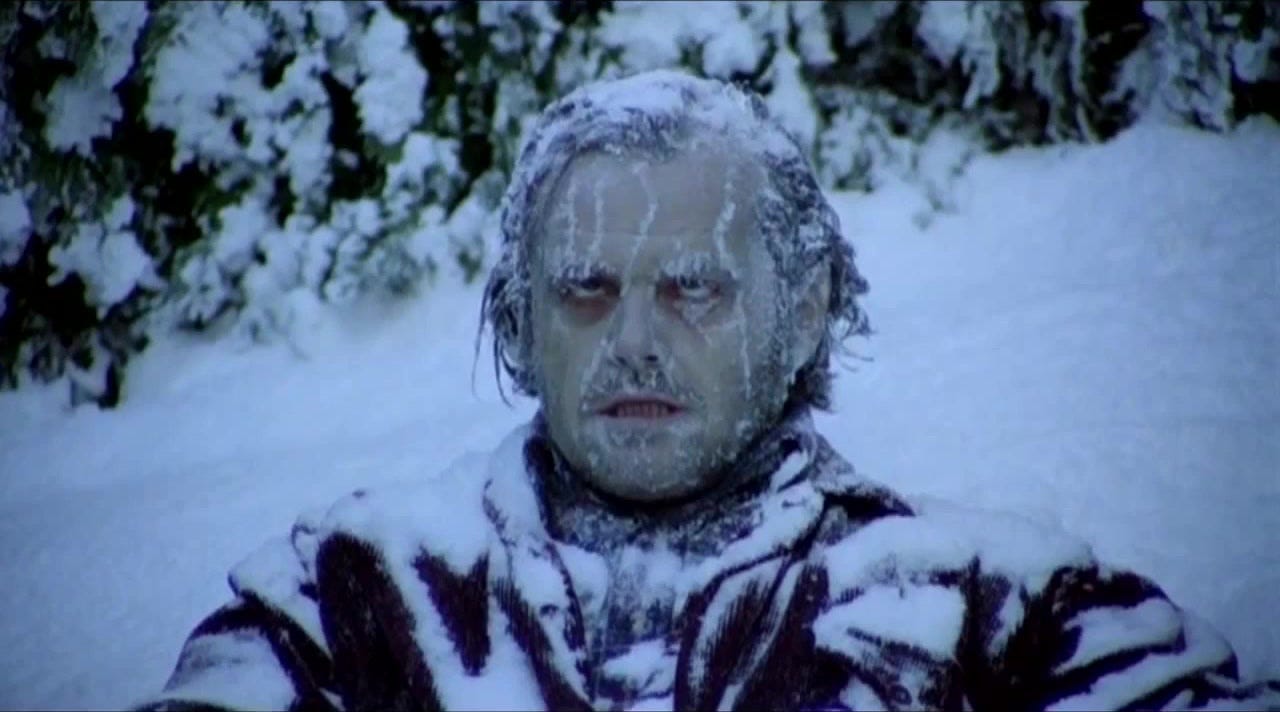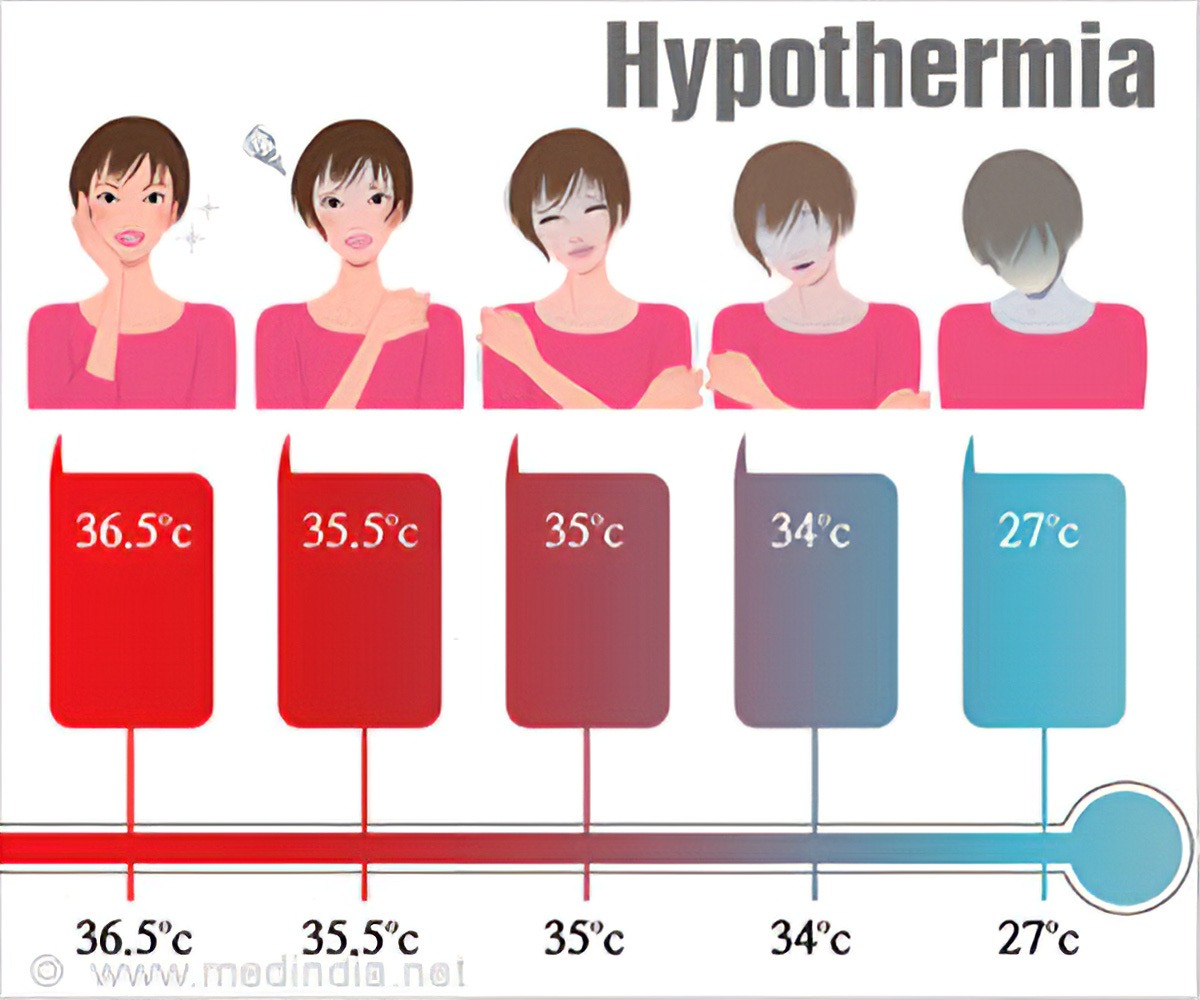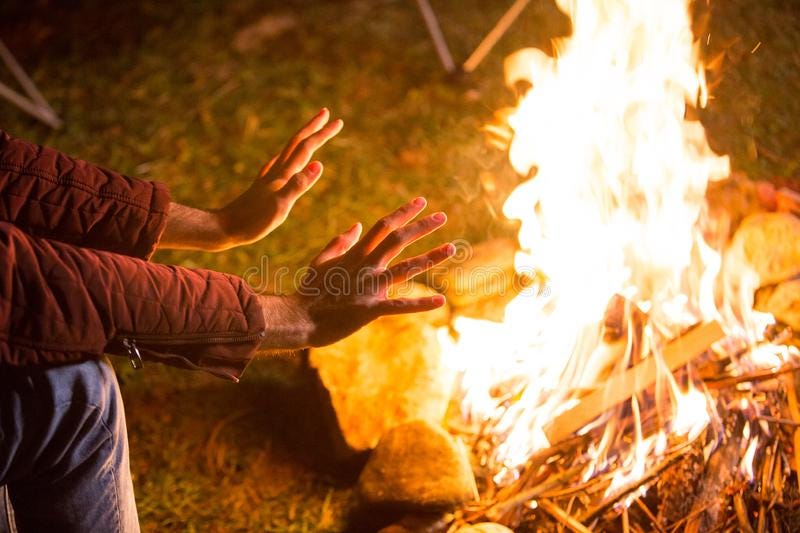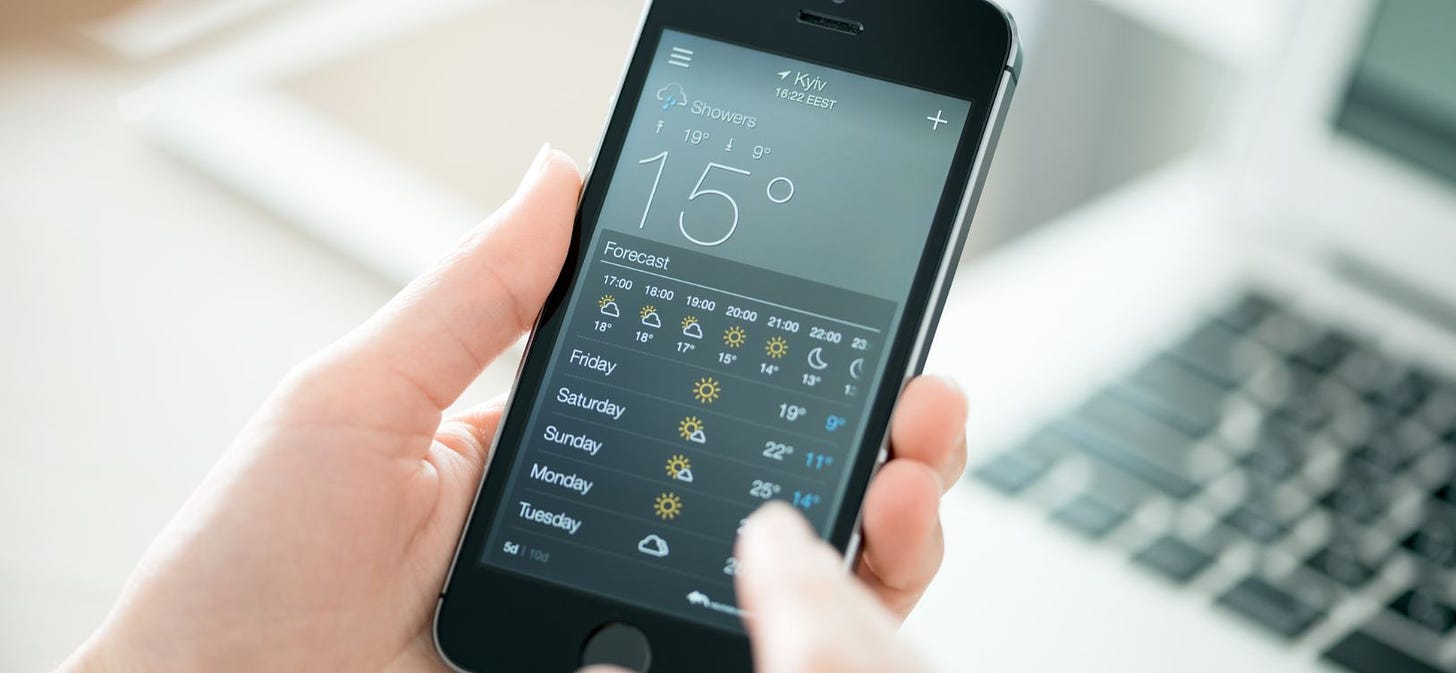
Cold environments have the potential to hamper performance and safety in both recreational and competitive individuals. I live in a colder environment in Newfoundland, and many of my clients engage in outdoor winter activities. I would like to define cold injuries, review predisposing factors, and cover preventative strategies to attenuate these risks.

Cold injuries can be defined as an event whereby heat loss exceeds heat production in the human body (Castellani & Young, 2012). Castellani and Young (2012) continue the breakdown of cold injuries as hypothermia and peripheral tissue injuries. Hypothermia is defined as a core temperature that drops below 35 C (Kenney, Wilmore, & Costill, 2012). At core temperature levels between 23-25 C death is common, while higher temperatures between 33-35 C cause drowsiness, lethargy and slurred speech (Castellani & Young, 2012). Peripheral tissue injuries are divided into freezing and non-freezing injuries. It should be noted that Castellani and Young (2012) mention that non-freezing cold-wet injuries are not very common among athletes and recreational people because they require 12 hours or more of constant exposure. However freezing injuries like frostbite are more common. Frostbite will occur when tissue temperatures fall below 0 C and are associated with numbness and a lack of feeling (Castellani & Young, 2012). Having covered the effects of cold injuries, I will now explore how individual factors affect the onset and degree of cold injuries.

Individuals that are larger tend to lose more body heat than smaller people because they tend to create more heat from their metabolisms. People with higher levels of body fat tend to lose less heat because of adipose tissue’s ability to act as an insulator (Castellani & Young, 2012). Sleep and proper nutrition are other important factors to consider before engaging in activity in cold weather. Castellani and Young (2012) note that when these two factors are poorly managed, the ability to thermoregulate in the cold becomes compromised. It was reasoned that poor sleep inhibited the person’s ability to maintain proper intensity to generate heat in the cold, while poor nutrition reduced the capacity for glycogen use in energy metabolism, constraining thermogenesis (Castellani & Young, 2012). Having considered some of the signs, symptoms and risk factors of cold injuries, preventative and management strategies will be explored to help mitigate cold stress.

Identifying the environmental hazards is the first step of risk management (Castellani & Young, 2012). Monitoring temperature, wind speed, rain and snowfall rates would be paramount. A simple, yet effective, strategy to reduce cold injuries is to monitor the weather forecasts the day prior to engaging in competitive or recreational activity. If the forecast calls for high winds and deep cold, one might wait until the weather stabilizes. Another strategy is to help ensure that as much of the body is insulated from the cold environment as possible. In snowboarding and skiing for example, the face is often exposed, increasing the chance of the local skin temperatures to reach 0 C, where frostbite can begin. Placing more insulated clothes on than is required might also be an option. If heat production begins to exceed heat loss, a person can simply “remove layers.” That is, a person can unzip regions of his/her clothes to allow for more rapid heat loss.
Outdoor environments can provide great mediums to explore exercise and activity. However, attention to risk factors and preparation for the conditions will help ensure the reduction of cold injuries, while maximizing the experience.
References
Castellani, J. W., & Young, A. J., (2012). Health and performance challenges during sports training and competition in cold weather. British Journal of Sports Medicine, 46, 788-791. doi: 10.1136/bjsports-2012-091260
Kenney, W. L., Wilmore, J. H., & Costill, D. L. (2012). Physiology of sport and exercise (5th ed.). Champaign, IL: Human Kinetics.
-Michael McIsaac
